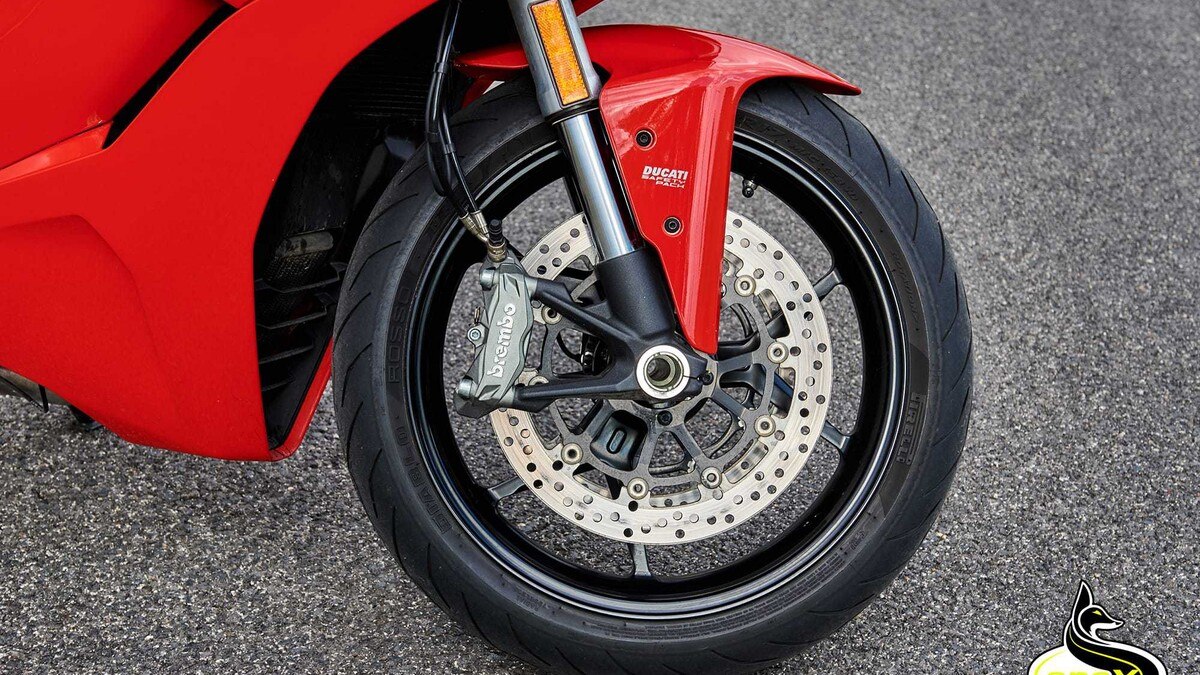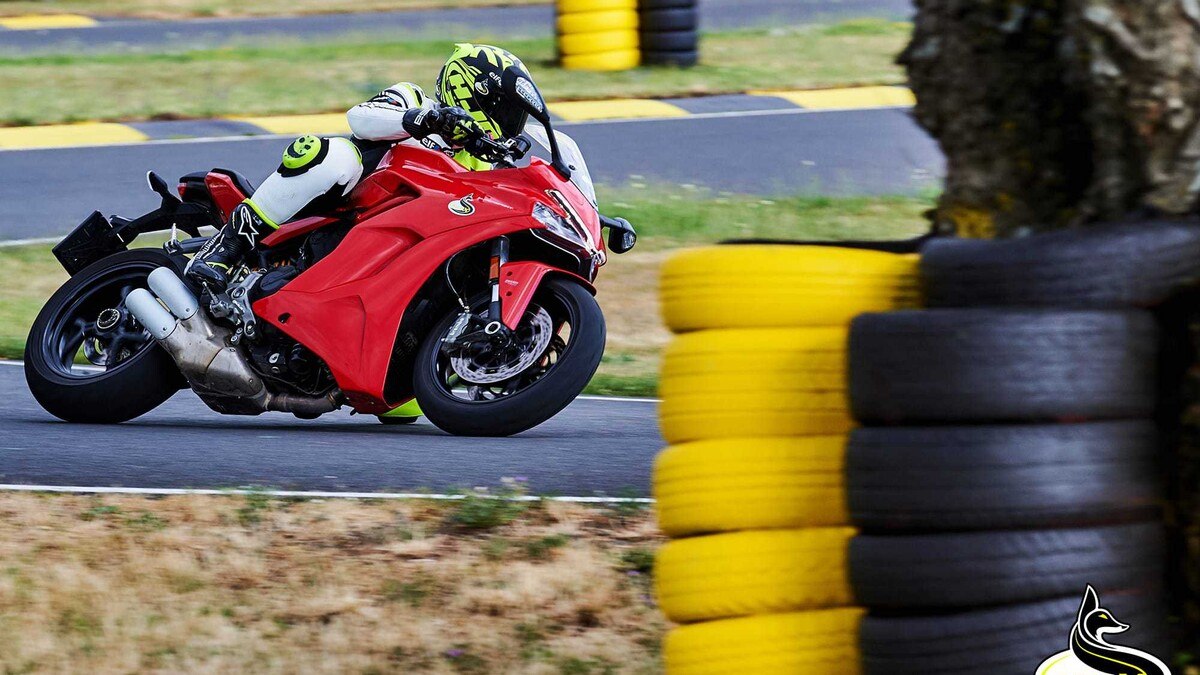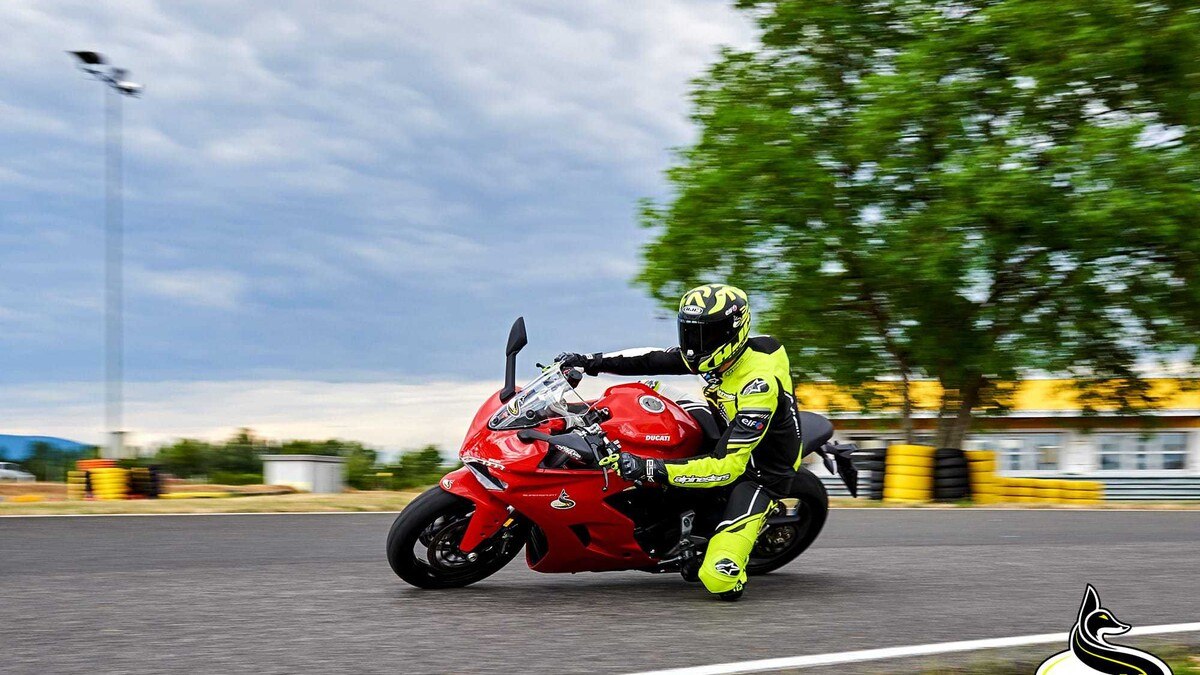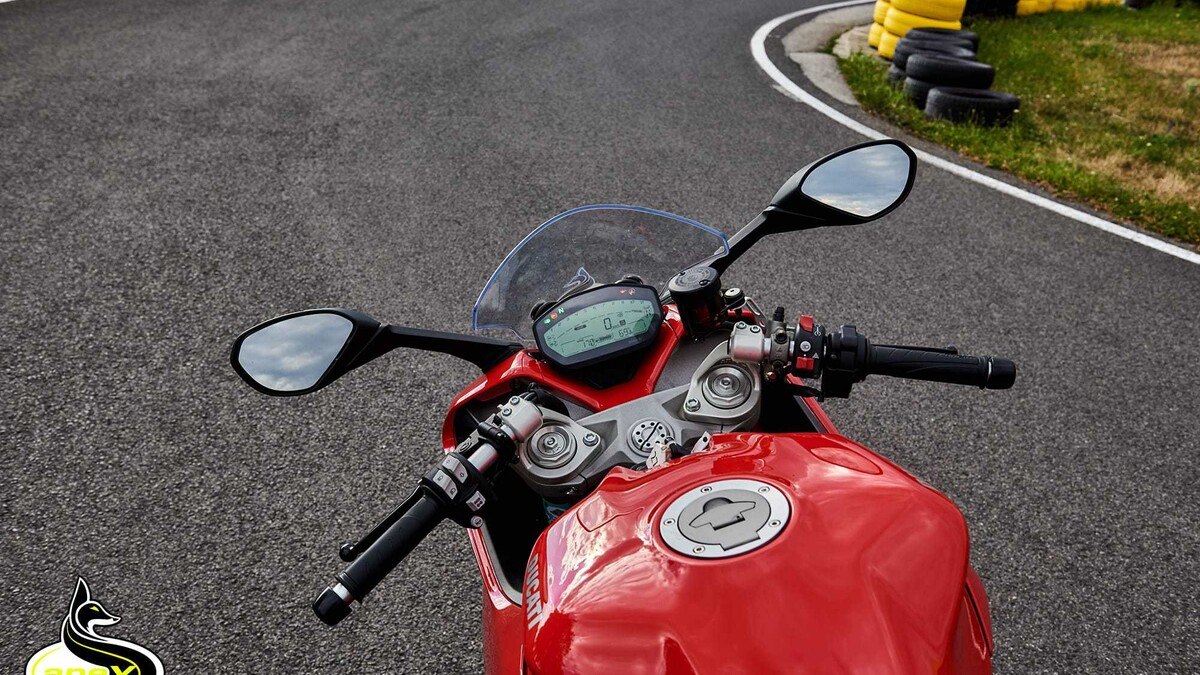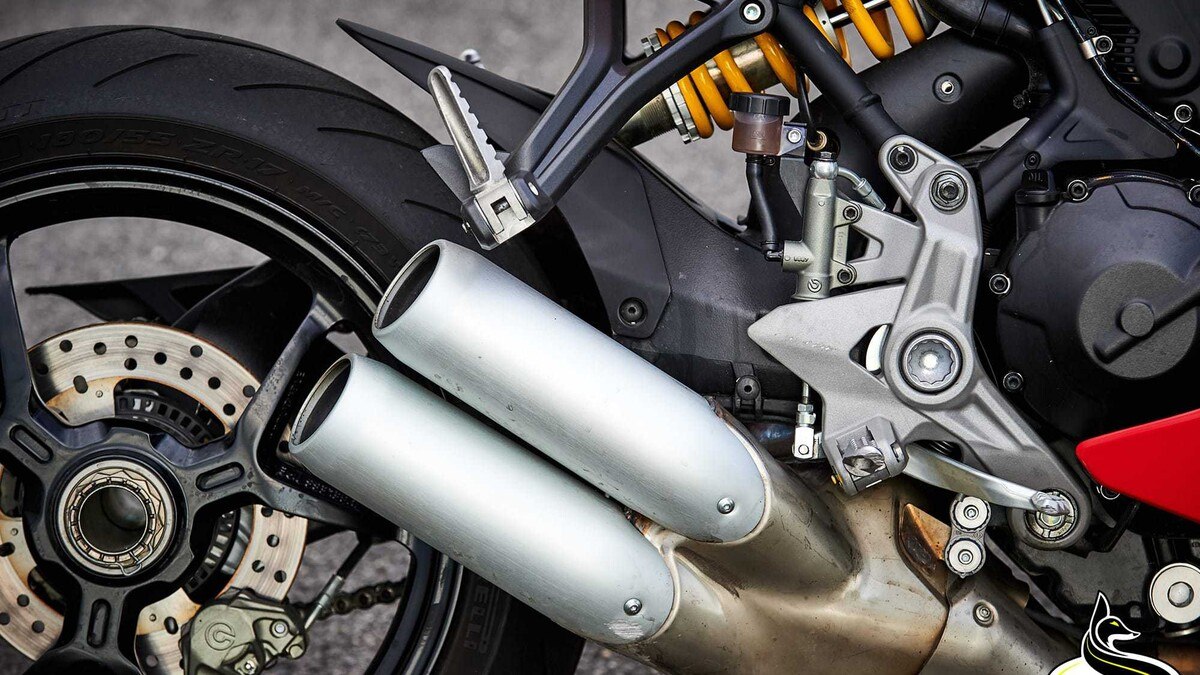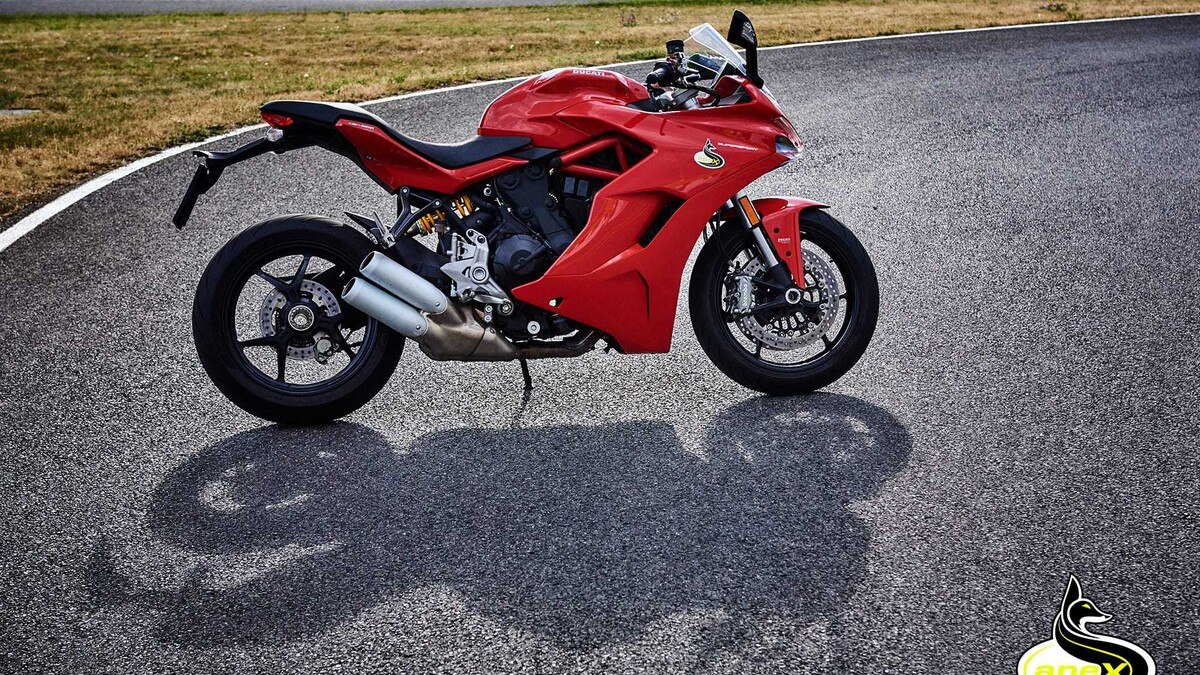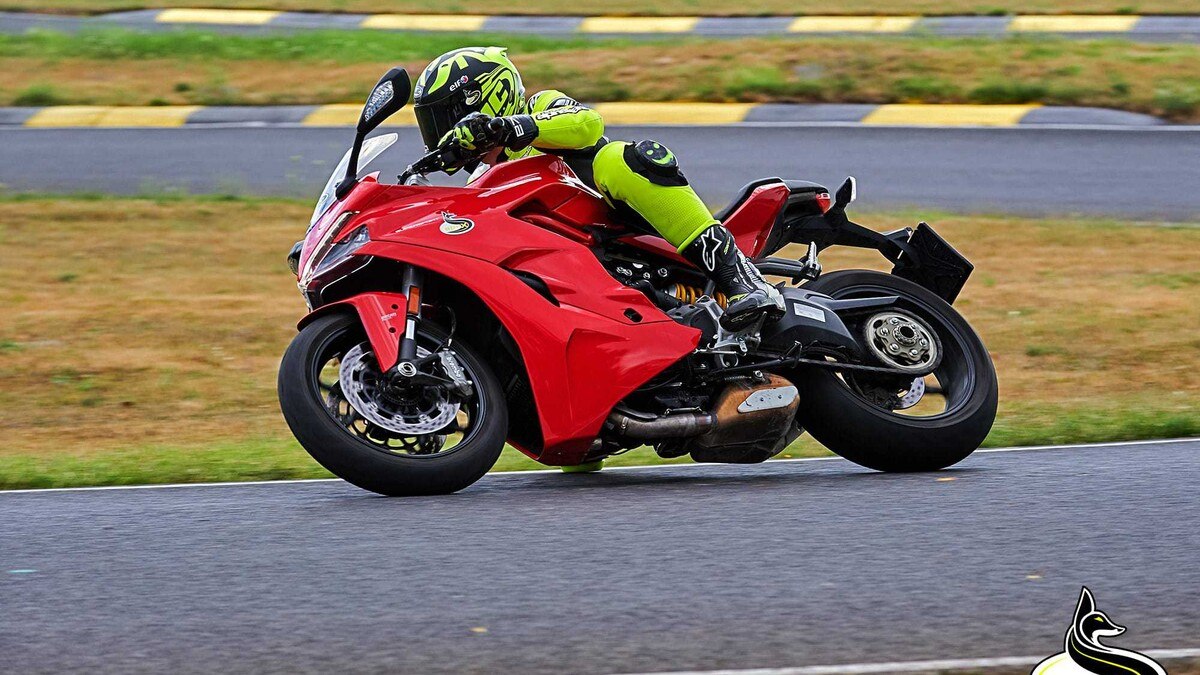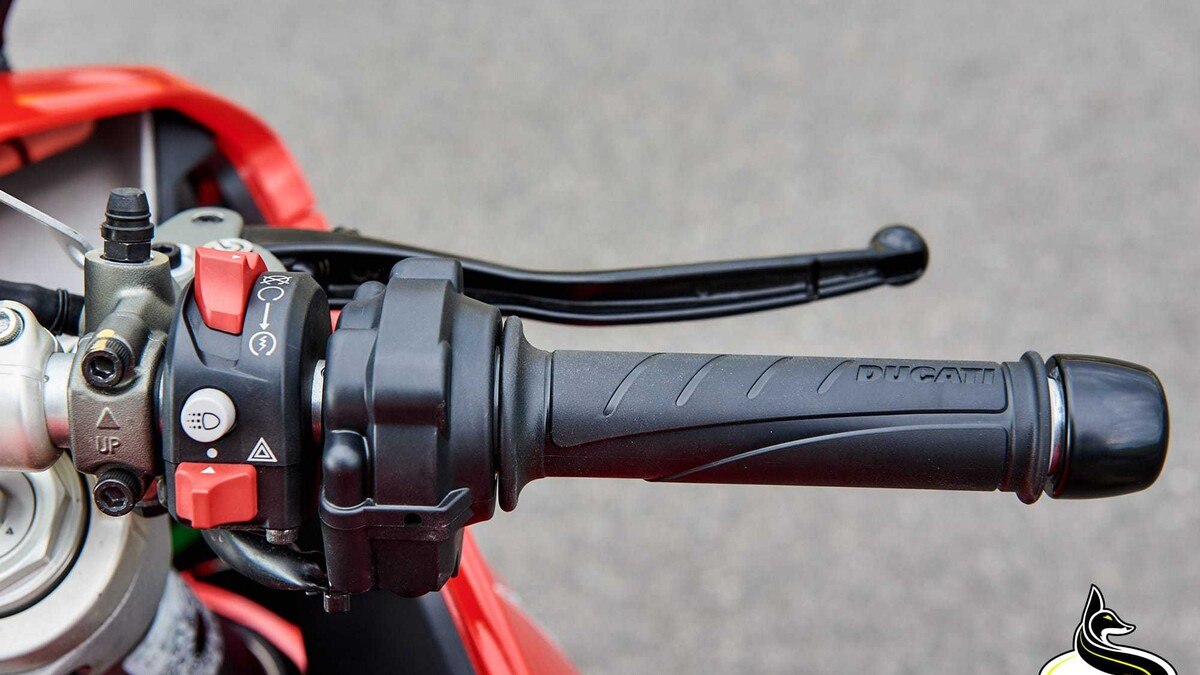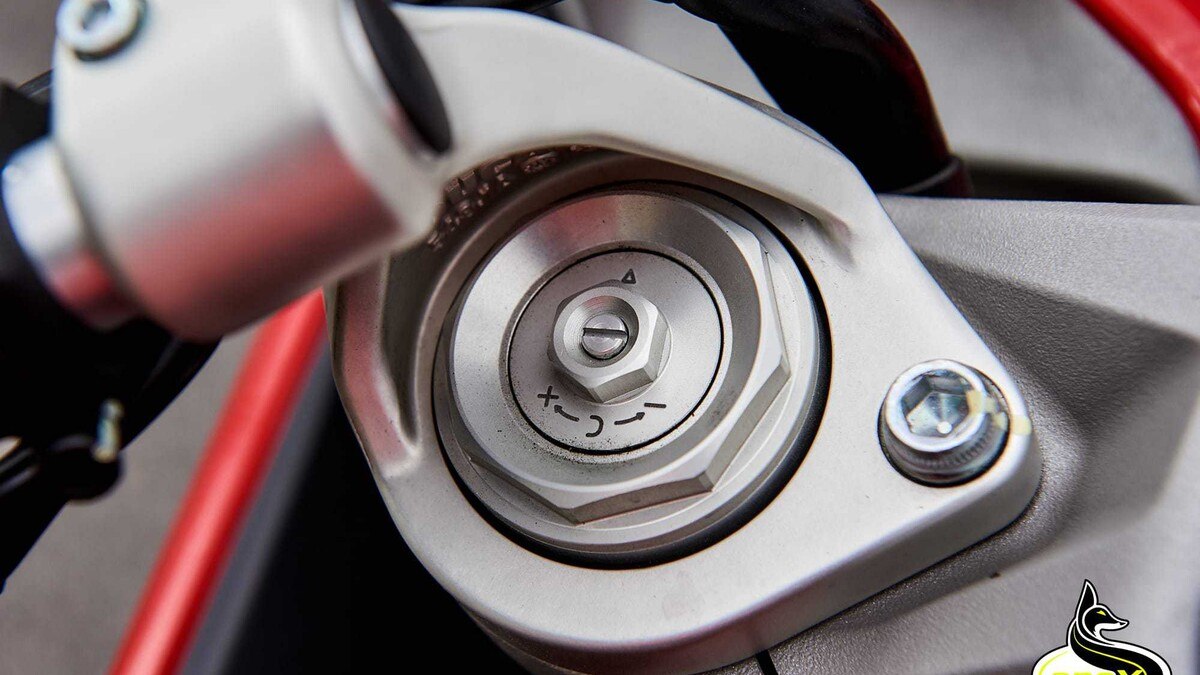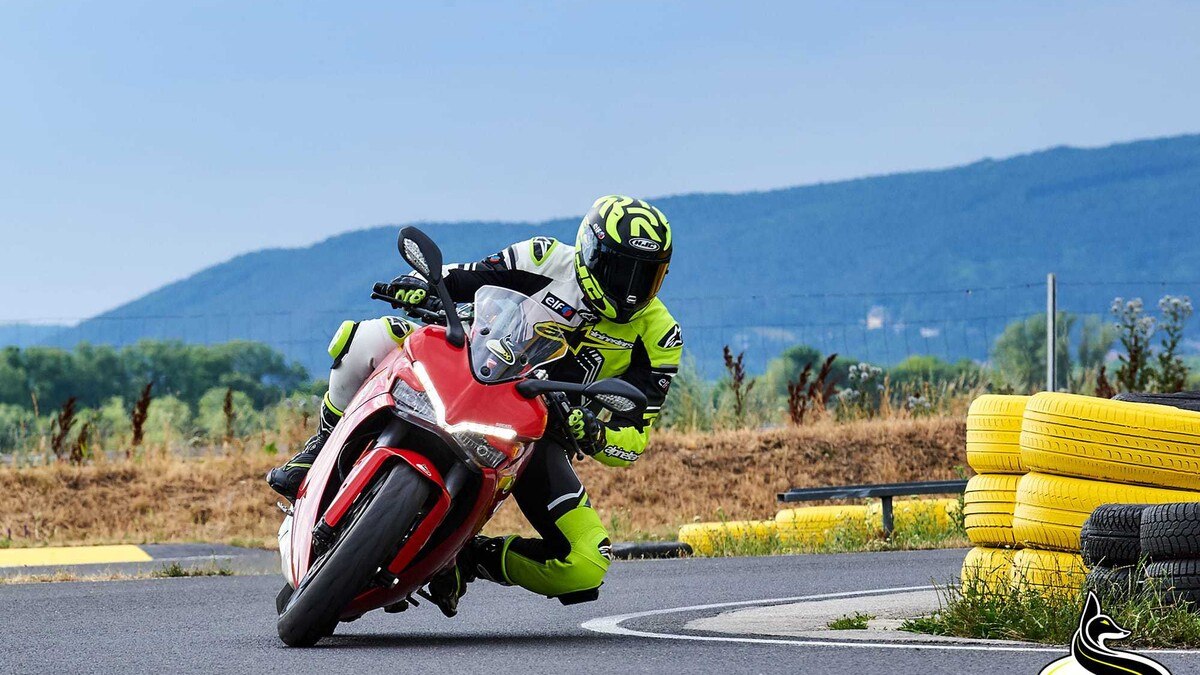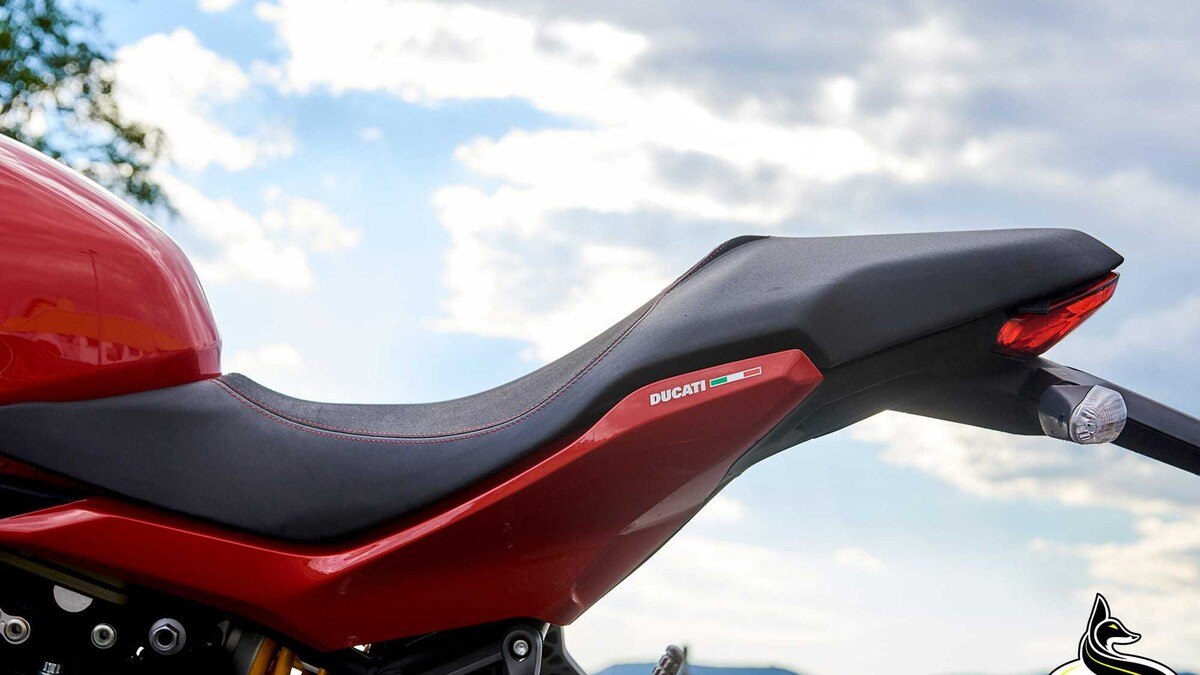Test Ducati Supersport 939 – Hello, you, my sweet, red bitch!
Sports tourers have gone out of fashion. Often too massive, too heavy, too ponderous. On the other hand, for many of us, sports tourers would be a much better choice than radical superbikes, which constantly give you the feeling that you're just riding idle anyway. The Ducati Supersport 939 creates an elegant and agile balancing act between sportiness and everyday comfort. If it weren't for this one bitchy quirk.
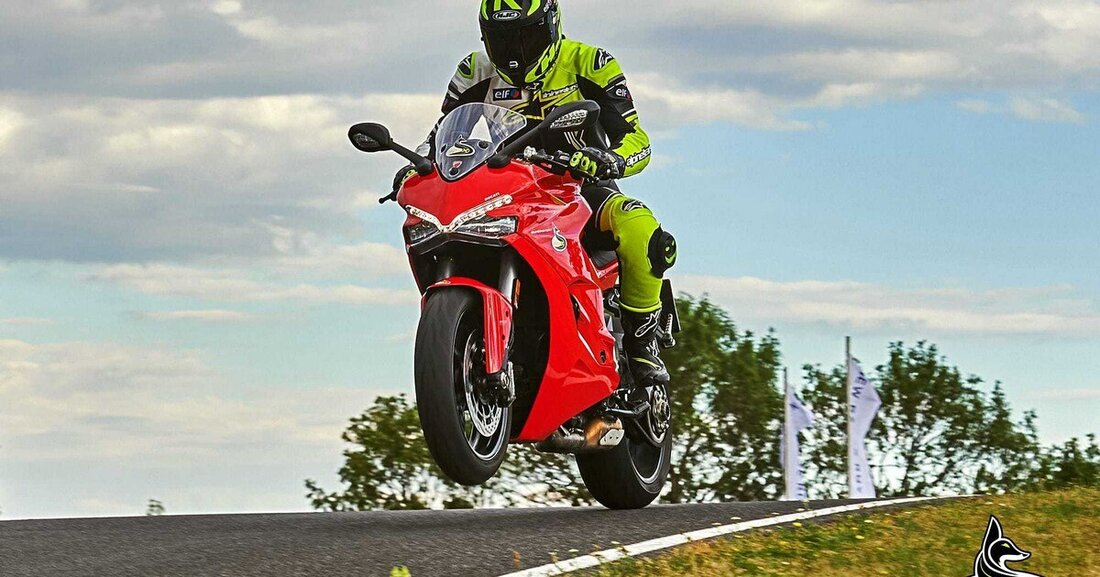
Test Ducati Supersport 939 – Hello, you, my sweet, red bitch!
ergonomics
First of all: I only very, very rarely like the hunched over position on super sports motorcycles. When I hopped on the Supersport 939, my first thought was: How long will it be before my wrists start to pinch uncomfortably? But: sitting up, leaning forward – cool: high, wide stubs. The super-narrow tank around the crotch and the comfortable seat height of 810 mm make the sports tourer, who weighs around 218 kg, appear graceful and light. The saddle resembles an imprint of my rear end. In short: I have an almost perfectly sporty fit on the motorcycle, but without any pinching or pinching. Cool – I like it. Even the footrests are positioned in a pleasantly sporty manner: high enough that they don't drag and far enough back to be able to build up enough pressure when you press them. Even the wind protection is quite acceptable given the rather small window.
Handling
It's never taken me as long to get a feel for the motorcycle as it did in the saddle of the Supersport 939. Although the ergonomics suit me, I'm a two-cylinder fan and I also ride a diva from Borgo Panigale in my private life, I couldn't get along with the red bitch at first. I was able to gain zero confidence in the front wheel. The steering behavior is strange: the very first moment you turn the front feels wobbly and ultra-light. Too wobbly to choose a tight line with confidence. As soon as you are in an inclined position, there is a seamless transition into a certain inertia. If you don't apply pressure to the handlebars on the inside of the curve, it feels as if the entire motorcycle is understeering - tight lines are hardly possible. The first few laps at the ÖAMTC driving safety center in Teesdorf were sobering. I did something that is only possible on a closed track: I went beyond my personal limit and my feeling for the motorcycle and trusted the grippy asphalt of Teesdorf and the Pirelli Diablo Rosso III tires. The result was greater lean angles, but as soon as I accelerated near the apex of the curve, the feeling for the front was gone. There were slight oscillations and vibrations in the chassis that felt exactly like I was about to slip over the front wheel. Pause for reflection. Why isn't a clean line possible with the Duc? The chassis feels good, the tires should offer enough grip, but where do these jerky movements come from when leaning. On the track again, head out, visor down, popometer on. The first corners had the same feeling, then a gear change error, I rolled into the corner one gear too low. It's no longer possible to correct it, so just go through the curve with a gear that's too low. Fully tilted, switched to tension, lo and behold, the line through the corner fits like a glove. I take the corner again, a gear higher, another snagged line. One gear lower: impeccable line and good feel for the front. Error found: The speed was simply too low. Due to the long gear ratio and the somewhat brisk throttle response, including jerking below 4000 rpm, the engine load change reactions in what feels like the right gear are likely to cause too much unrest in the engine. If you drive into a curve in a lower gear - which is not typical for two cylinders - and the speed when you change gears remains above 4000 rpm, the Supersport 939 pulls through the radii exactly as you know and expect. I probably wouldn't have come across this peculiarity on the street without falling. You have to know. Please spread the word to friends or known Supersport 939 drivers. At high speeds, the Duc is very stable and cannot be disturbed on the highway, even without a steering damper.
Engine/gearbox
I already knew the engine from the small Multistrada 950, but a different mapping will probably be used in the Supersport 939 because the engine feels completely different. The throttle response on the Mutli was softer and more transparent, the pressure at the bottom at medium speeds was better, as was the torque. The Supersport 939 is a bit more lively at the top, but you only notice that when you have switched from one to the other. In this respect, I have to say that I personally liked the set-up of the Multistrada 950 better, as there was less load change reaction and the engine - although perhaps less direct - is better and more controllable on the gas overall. A different primary and/or secondary gear ratio may also be to blame, but the Supersport 939 is only moderately enjoyable, especially in tight corners and bends. Here, too, you always have to choose a gear lower - in everyday life it is almost always first gear - which, by the way, takes quite a long time. Very unusual, especially for a large-volume Vauzwo, where there should actually be enough torque to easily sniff a bend in second gear. Nothing there, the Supersport needs speed to function in a way that inspires confidence. From 4000 rpm onwards, the engine pulls cleanly through the speed range, but with noticeable vibrations. There's an encore at the top, but it's not a brutal explosion of performance. At the end of the test I was very unsure what to think about the engine setup. And I still am. The key data for the quartet: 937 cubic centimeters displacement, 113 hp, 93 Nm torque. Unfortunately, the gearbox on our test motorcycle also tweaked a bit. The hotter the days, the harder it was to find idle. Sometimes it took four or five attempts at the traffic lights until the neutral switching lane was found. In general, the gearbox only slipped unnoticeably at times. I kept changing gears or couldn't select the next gear precisely. The phenomenon improved slightly over the one-week test period. There were no complaints about this with the Multistrada 950. As with the Multi, the cable clutch was very precise to use.
Undercarriage
For the test I had the normal Supersport 939 without S available, which means no Öhlins chassis. Is it coming off? Visually yes, it's difficult to assess the driving dynamics because the fully adjustable 41 mm Marzocchi USD fork and the Sachs shock absorber, which can be adjusted in rebound and preload, worked wonderfully both on the country road and in Teesdorf. The feedback from the rear tire was extremely transparent, and the fork was pleasantly tight without appearing bony or stiff. The bitchy steering behavior is probably even more noticeable due to the fairly direct front. The chassis itself works perfectly and even offers plenty of reserves. A sudden collapse of the front during hard braking maneuvers is missing, as is a slack, rocking rear. For very light riders, the chassis in the standard setup might even be a little too firm.
Brakes:
Absolutely great. The pressure point on the radial brake pump is rock hard and super precise. I can't remember the last time I had such good feedback on the brake lever. If you brake sharply, the rear becomes light, but the Supersport 939 remains stable. If you brake using the ABS, you feel almost no vibrations in the lever, the control intervals are almost imperceptibly short. A world brake. Even the rear stopper is very easy to control and has a decent delay. It wasn't always like that with Ducati rear wheel brakes. You can even forgive her slight squeaking. In summary: very good with stars.
Noticed
Ducati charges just under 15,400 euros. The equipment is good, but the finish is just okay and could be a bit higher quality in places. The large steering angle is practical, but you can still get your hand caught between the stub and the tank when turning to the left. The display is very stylish and functional. On the right between the side panel and frame you can easily access the coolant reservoir and the fuses - well and visually unobtrusive. Pretty, delicate rims. Surprisingly good wind protection. The major service is only due every 30,000 kilometers. Traction control is available, but I turned it off because the feedback in the right wrist and popometer was always enough to get by without it.
Failed
The engine tuning (possibly in conjunction with the translation) is – for my taste – suboptimal. This should be improved. The pretty mirrors don't provide much rear visibility and vibrate a lot.
Test result Supersport 939, by p.bednar
More information about Ducati Supersport 939
With kind support from TOTAL Austria
More action photos from the test drives can be found on Instagram: apex_moto_at
Or follow us on Facebook: Apex Moto

 Suche
Suche
 Mein Konto
Mein Konto


